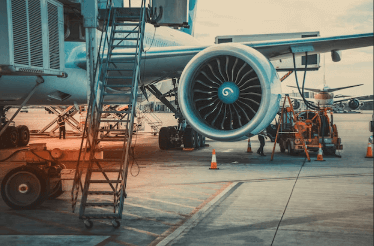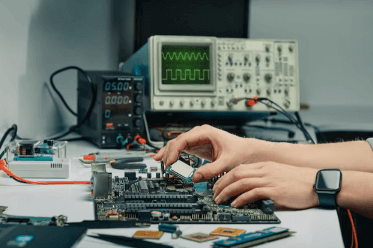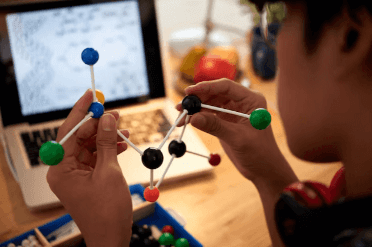Question
a.
True
b.
False
c.
May be True or False
d.
Can't say
Posted under Tissue Engineering
Interact with the Community - Share Your Thoughts
Uncertain About the Answer? Seek Clarification Here.
Understand the Explanation? Include it Here.
Q. In the aerobic cultivation process, the purpose of the sparger is to supply adequate oxygen to the growing cells.
Similar Questions
Explore Relevant Multiple Choice Questions (MCQs)
Q. The ___________ provides the annular area for circulation of constant temperature of water.
View solution
Q. The production capacity of the biggest Biologics plant is _____________
View solution
Q. For what purpose was the first bioreactor developed?
View solution
Q. In _________ culture, fluid flow driven by a magnetic stir bar creates a well-mixed cell suspension.
View solution
Q. Who invented the Rotating wall vessel bioreactor?
View solution
Q. Commercial single-use bioreactors have been available since the end of the ______
View solution
Q. The rotating wall structures provide reduced shear stress in Rotating wall vessel reactor.
View solution
Q. A ________________ (PBR) is a bioreactor that utilizes a light source to cultivate phototrophic microorganisms.
View solution
Q. The perfusion system offers an alternative to the spinner flask technology as it combats the problems related to the static culture conditions.
View solution
Q. Which of the following are not photobioreactor types?
View solution
Q. Which of the following is not a perfusion bioreactor?
View solution
Q. ________ facilitate rapid dilution rates which make them resistant to both high pH and low pH volatile fatty acid wastes.
View solution
Q. ____________ bioreactor systems have length scales that are well matched to the physical dimensions of most cells and microorganisms.
View solution
Q. A ___________ landfill is a municipal solid waste landfill (MSWLF) in which liquids are added to help bacteria break down the waste.
View solution
Q. Yin et al. developed a cultivation system to differentiate mouse embryoid bodies (EBs) into the hepatocytes using a _________ bioreactor.
View solution
Q. Primary hepatocytes and stem cells cultured on Rotating Wall Vessel reactors.
View solution
Q. Why are Perfusion bioreactors preferred over Rotating Wall Vessel Bioreactors for Bio-artificial Liver production?
View solution
Q. Which of the following are suitable for prolonged in vitro studies?
View solution
Q. Sun et al. successfully used an RWV system to establish an in vitro tooth germ culture model.
View solution
Q. In traditional ________ bioreactors, cell-laden scaffolds float in the medium while the vessel wall rotates.
View solution
Recommended Subjects
Are you eager to expand your knowledge beyond Tissue Engineering? We've handpicked a range of related categories that you might find intriguing.
Click on the categories below to discover a wealth of MCQs and enrich your understanding of various subjects. Happy exploring!








